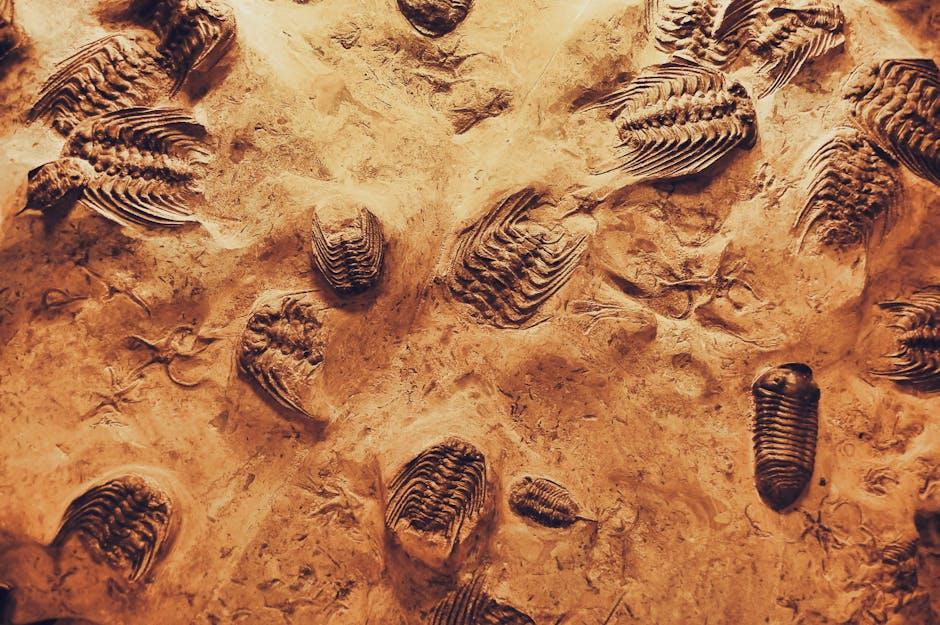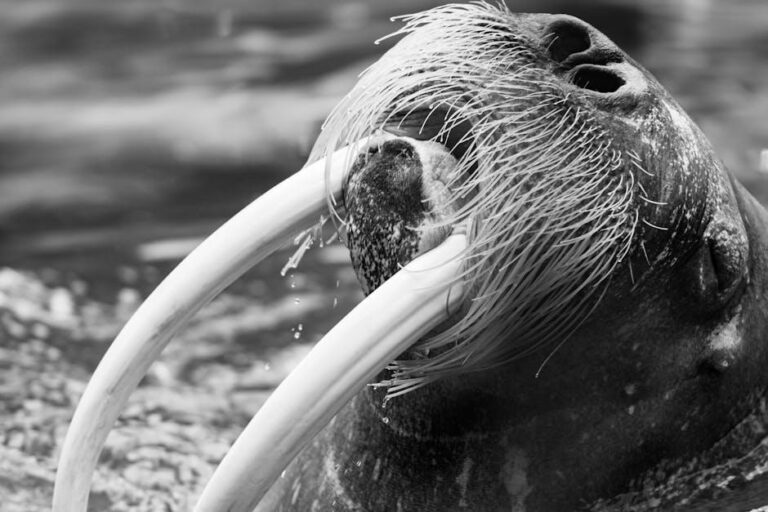
Ancient Species’ Dental Records Can Offer Greater Clarity on Prehistoric Life
By Van Nuys News Press
Introduction
Fossils have long served as windows into the distant past, revealing glimpses of creatures that roamed the Earth millions of years ago. But one particular aspect of these fossils — their dental records — is proving to be a treasure trove of information for paleontologists and evolutionary biologists alike. Ancient species’ dental records offer unparalleled clarity on prehistoric life, shedding light on the diets, behaviors, and environments of creatures that might otherwise remain a mystery. This article delves into the fascinating science behind fossil teeth, their significance, and how they enrich our understanding of the prehistoric world.
The Importance of Ancient Dental Records in Paleontology
Unlike soft tissues that often decompose quickly, teeth are some of the most durable parts of an organism’s anatomy. Thanks to their enamel coating, teeth preserve well in fossilized form — making dental records an invaluable archive for scientists. Understanding the structure, wear patterns, and chemical composition of these ancient teeth can unlock numerous secrets.
What Can Teeth Reveal About Prehistoric Species?
- Dietary Habits: The shape, size, and wear of teeth indicate whether a species was carnivorous, herbivorous, or omnivorous.
- Evolutionary Adaptations: Changes in dentition patterns over time highlight evolutionary pressures and adaptations.
- Life Span and Growth: Growth rings, similar to trees, found in teeth can estimate life span and age at death.
- Environmental Conditions: Isotopic analysis in dental enamel can reveal ancient climate and habitat ranges.
- Social Behavior: Dental damage or wear sometimes suggests social interactions, tooth use, or defense mechanisms.
How Scientists Analyze Ancient Teeth
Modern technology has transformed the study of ancient dental records. Below are some key methods used:
| Analytical Method | Purpose & Insight |
|---|---|
| Microwear Texture Analysis | Examines microscopic wear patterns to deduce diet and food processing behavior. |
| Stable Isotope Analysis | Reconstructs diets and migratory behaviors by studying isotopic ratios in enamel. |
| CT Scanning & 3D Imaging | Provides high-resolution internal views to understand tooth structure and development stages. |
| Dental Histology | Studies tooth growth increments to estimate age and analyze evolutionary traits. |
These advanced techniques enable scientists to decipher the “life stories” hidden within teeth, solidifying their role as a critical resource in paleontological research.
Case Studies: Ancient Teeth Unveiling Prehistoric Mysteries
The Saber-Toothed Cat’s Diet and Hunting Behavior
Scientists analyzing the tooth wear patterns of Smilodon fatalis, commonly known as the saber-toothed cat, revealed it had specialized hunting tactics. The microscopic scratches and pits on their teeth showed this predator primarily hunted large herbivores, using its powerful canines to deliver precise, killing bites.
Neanderthal Nutrition and Migration
Stable isotope analysis of Neanderthal teeth suggests a varied diet depending on the region — ranging from predominantly meat-based diets in cold climates to mixed diets including plants in other areas. Additionally, chemical signatures in their dental enamel indicate seasonal migrations otherwise invisible in the fossil record.
Benefits of Studying Ancient Species’ Dental Records
Understanding ancient dental records offers numerous benefits beyond academic curiosity:
- Improved Evolutionary Models: Teeth provide concrete data for tracing lineage divergences and evolutionary relationships.
- Enhanced Paleoenvironment Reconstructions: Diet and habitat clues help recreate prehistoric ecosystems more accurately.
- Insight into Ancient Diseases: Dental pathologies can reveal health conditions and biological stresses of prehistoric species.
- Informing Conservation Biology: Documenting how ancient species adapted or failed to survive environmental changes aids modern conservation strategies.
Practical Tips for Enthusiasts Interested in Paleo-Dentistry
If you’re fascinated by the study of ancient teeth and want to get involved or learn more, consider the following tips:
- Explore Local Museums: Visit natural history museums to see fossilized teeth and learn from experts.
- Enroll in Paleontology Workshops: Many institutions offer courses or online classes on fossil analysis.
- Join Online Communities: Forums and social media groups focused on paleontology can connect you with professionals and enthusiasts.
- Practice Fossil Identification: Use field guides to learn about tooth types and species characteristics.
Conclusion
Ancient species’ dental records are, without a doubt, a cornerstone of paleontological research, offering profound insights into prehistoric life. From unraveling dietary preferences to tracing evolutionary paths, the study of fossil teeth helps paint detailed pictures of the past that no other fossil evidence can replicate. With ongoing technological breakthroughs and interdisciplinary collaboration, dental records will continue to illuminate the fascinating world of our ancient ancestors, drawing us closer to understanding the rich tapestry of life that preceded us. Stay tuned to Van Nuys News Press for the latest discoveries and expert insights into prehistoric life and other scientific breakthroughs.


